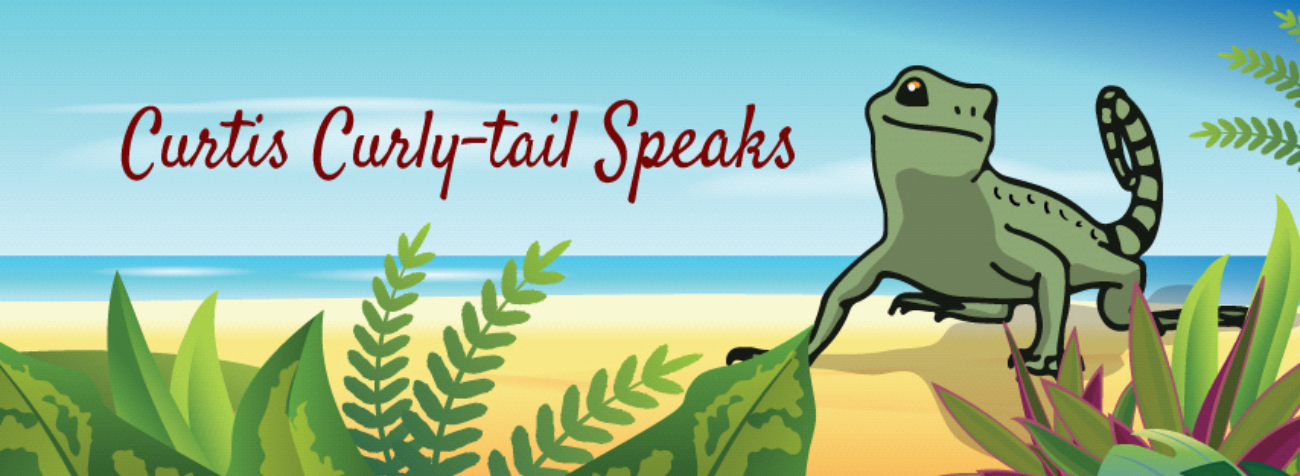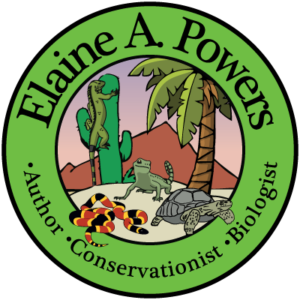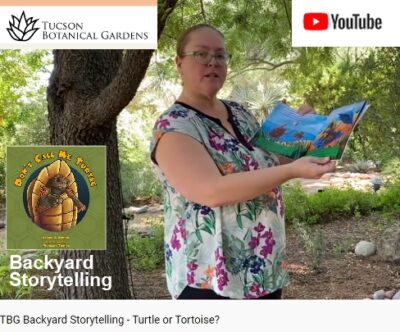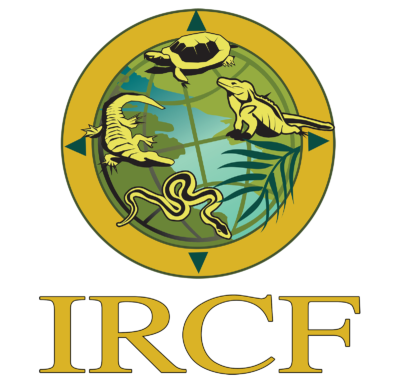Can Science Rhyme? Yes! Can Science Be Fun? Yes! by Elaine A. Powers, Author
Image courtesy of Reader’s Digest
I’ve received some interesting criticisms as an author. If you’re familiar with my work, you know that my picture books rhyme. In fact, I believe all picture books should rhyme. The rhythm of the words enhances the reading experience for both the child and adult. My books are filled with scientific facts, so I describe them as being science-based, but they are fun, too. My goal is to educate while entertaining.
In one of my writing critique groups, a fellow poet has repeatedly criticized my work for combining science and poetry. In his opinion, science and poetry should never be mixed. Scientific facts dilute the quality of the poetry, he says. Since I am using poetry (I am a musician and rhythm comes naturally to me) to convey science, I disagree with his opinion. Don’t worry, I will continue to write rhyming science-based books. Everyone is entitled to their opinion.
I recently read an article in American Scientist that explored humor and mathematics. In Stop Me If You’ve Heard This Theorem Before (September-October 2020:108 (5), author Daniel S. Silver describes how mathematics has been lurking in our humor. Other types of science have been lying in wait, as well.
There’s biology:
Question. What do you give a person who has everything?
Answer. Antibiotics.
There’s medicine, from comedian Steve Martin:
First the doctor told me the good news. I was going to have a disease named after me.
There’s math:
Q. What do baby parabolas drink?
A. Quadratic formula.
There’s social science:
Q. Tell me, comrade, what is capitalism?
A. The exploitation of man by man.
Q. And what is communism?
A. The reverse.
The sciences can be enjoyed in many ways, from jokes to coloring pages to puzzles.
Here at Lyric Power Publishing LLC, we have an assortment of entertaining educational materials. Explore the many ways to make science fun.
Entertain. Educate. It’s what we do at Lyric Power Publishing.
Book Note: Here is one of my fun, rhyming science-based books, Don’t Make Me Rattle! It is filled with interesting facts about this desert snake so many fear—and we don’t have to fear it. That’s why education is so important. Learn what to do to avoid an unintended meeting with this reptile. And, did you know that rattlesnakes babysit for each other? Or that they coil up in the rain to catch drinking water? Learn all about them soon with your own copy of Don’t Make Me Rattle!, available at Amazon.com.
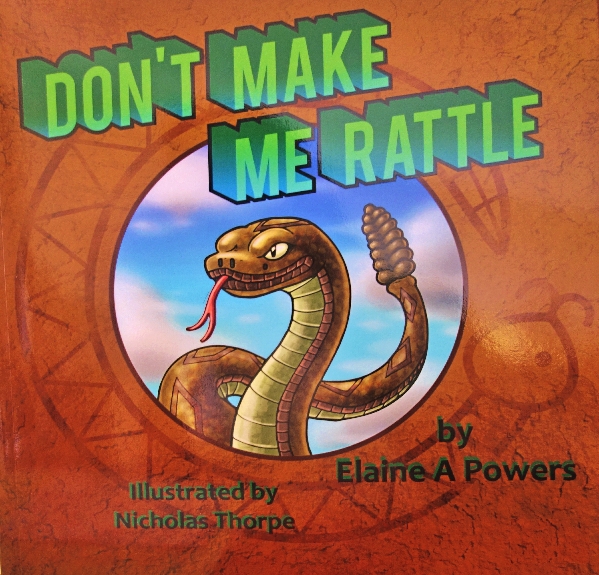
Than You Know!
I Am Shy and My
Rattle is Only a Warning:
Please, Stay Away!
For All Ages
Reading Level 6+
Bold and Vibrant Illustrations
by Nicholas Thorpe
Written in Rhyme
40 pages
COMPLETE
BOOK DESCRIPTION HERE
Learn all about the rattlesnake’s place in our ecosystem. Learn why we should respect them, not fear them.
See why they flick their tongues, learn why they are called pit vipers, the purpose of the venom, and much, much more in this in-depth look at rattlesnakes.
A Review of Don’t Make Me Rattle! By Helene Woodhams
Arizona Daily Star:
“A rattle from a reptile is not a welcome sound, but if it makes you tread carefully, it’s served its purpose, says Tucson author Elaine A. Powers. In a picture book chock-full of rattlesnake facts, she emphasizes the good they do (eating rodents, scattering seeds, and aiding cancer research), as she imparts interesting reptilian lore. For instance, although toxic to those on the receiving end, venom acts like saliva for a rattlesnake, a necessary digestive aid since they lack teeth for chewing. And rattlers are surprisingly social creatures who bunk together when it’s cold–forming a ‘rhumba’ of rattlers. An unabashed rattlesnake fan, Powers bemoans how willingly we exterminate them, largely because they look so unlovable. She gets no argument there from illustrator Nicholas Thorpe, whose threatening rattlesnake pictures, some with mouths agape and dripping venom, are undeniably scary. The third in the “Don’t” series is for kids in grades K-4.”
An illustration from the book showing how a rattlesnake collects drinking water.
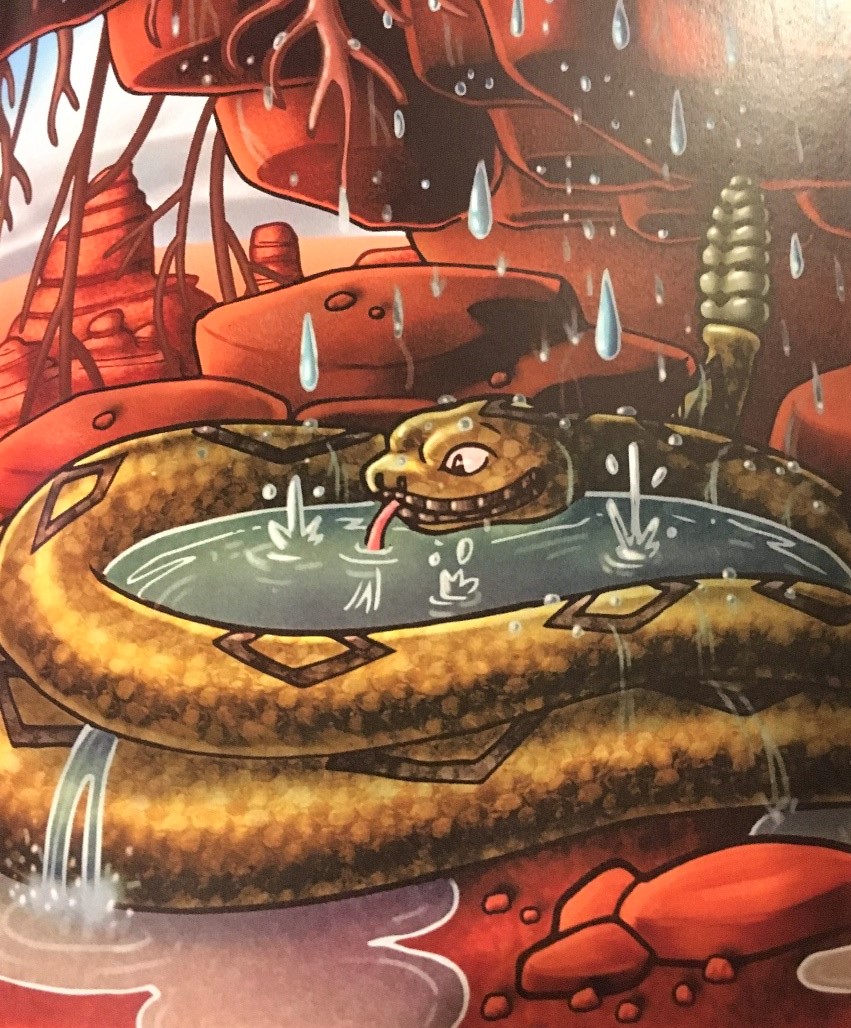
To learn about our latest science-based children’s books and workbooks, to read our latest blog posts about reptiles, birds, cats, and gardening, in a variety of locations, and about how the books come to be, what inspires an author to write, and many more interesting aspects of the publishing business, fill in the box below and we will add you to our email list.
Thank you!
